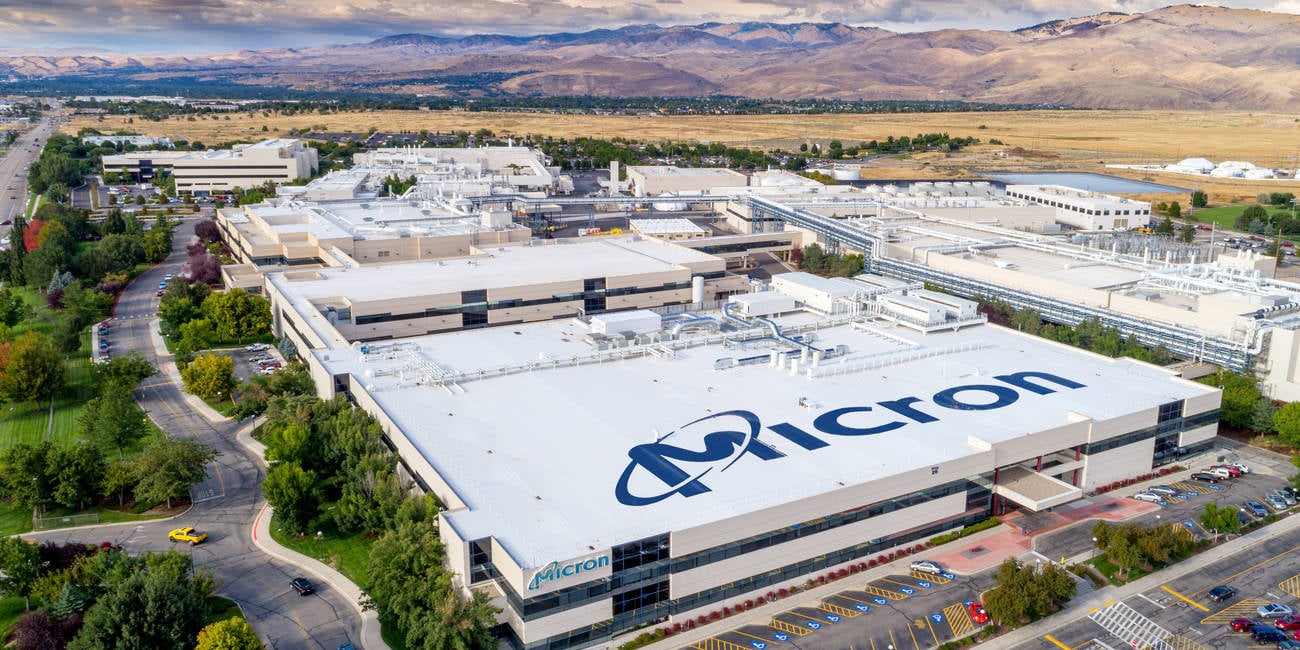While everyone’s been focused on accelerating the adoption of electric vehicles to cut carbon emissions, a technological hero has been rapidly ascending under the radar: the heat pump. Instead of burning natural gas or coal to produce heat, this fully electric device extracts warmth from outdoor air—even when it’s freezing outside—and pumps it inside to warm a structure. After years of stealthy, steady growth, heat pumps are now outselling gas furnaces in the United States, whereas EVs accounted for just 8 percent of all US new vehicle sales in the first half of 2023.
In November, the Biden administration announced it would be infusing the domestic heat pump industry with $169 million in federal funding, increasing capacity to manufacture the actual devices and their various components, like compressors. The feds figured that would end up creating 1,700 jobs across 13 states. Seeing still more momentum for heat pump adoption since then, the Department of Energy is today announcing an additional $63 million for the same purpose. This time around, the money also emphasizes heat pumps for heating and cooling water in a home.
Basically, the federal funding is aiming to nix the use of gas in a home wherever possible, working toward residences going fully electric. “We’re really seeing, I think, a sea change across the country in terms of how people heat and cool their homes,” says Ali Zaidi, assistant to the president and national climate adviser. “For a really long time, we had been staring at the building sector, wondering if we could find the widget to decarbonize our homes and the places that we work. We found that tool.”
The humble heat pump is so much more efficient than a gas furnace that even if you’re forced to power one with a grid running on fossil fuels, you’re still better off. According to one estimate, switching to a heat pump will save the average American household over $550 a year. The Inflation Reduction Act of 2022 provides thousands of dollars for a household to switch to a heat pump, in the form of tax credits or rebates.
Like with the first round of funding last year, the administration is invoking the Defense Production Act—a long-standing piece of legislation that grants the president the power to ensure the supply of materials needed for national defense. It’s being invoked here on the basis of climate change in particular. “As part of the Biden-Harris administration’s commitment to address the climate crisis, these Defense Production Act dollars will further amp up domestic heat pump manufacturing to meet increasing consumer excitement, reduce emissions, and create clean energy jobs across the country,” wrote US secretary of energy Jennifer M. Granholm in a statement provided to WIRED.
More specifically, heat pumps provide energy security: They’re fully electric, so you can run them on a grid increasingly powered by renewables like wind and solar, themselves ideally manufactured in the US. Reducing emissions by decarbonizing buildings with heat pumps will also slow climate change, reducing the severity of increasingly destructive wildfires, hurricanes, and other disasters. Every fraction of a degree of warming that we can avoid will save lives and money.
“Energy and climate security, we recognize those two things are at this point impossible to decouple,” says Zaidi. “The real basis here is to recognize that our national security flows through solutions that reduce our dependence on fossil fuels.”
Heat pumps are good for economic security as well, Zaidi adds. Supercharging the domestic production of whole heat pumps and their individual components provides a range of jobs. Individual states, too, are working feverishly to increase adoption and bolster the industry: Just last week, nine of them pledged to get heat pumps to account for 90 percent of residential heating, air conditioning, and water-heating shipments by 2040.
The trick will be finding the workers to piece the things together in a factory, and still more trained technicians to install the things across the country. To that end, this new funding allows applicants to propose using a portion of the money to develop their manufacturing facility workforce as they expand production. “We feel really confident that we’re continuing to invest not only in the capacity to make this stuff,” says Zaidi, “but to deploy it in a way that spurs really good-paying jobs across the country.”
Note: This article have been indexed to our site. We do not claim legitimacy, ownership or copyright of any of the content above. To see the article at original source Click Here













